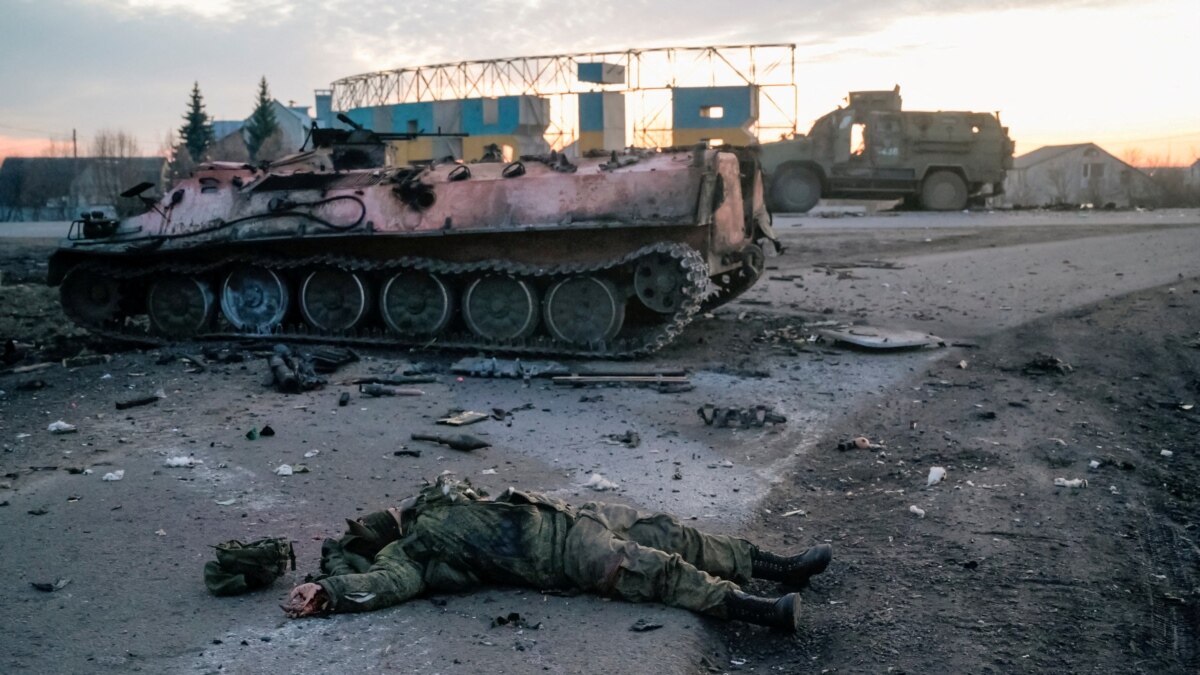It all started with the pandemic isolation of the Russian president, - writes "The New York Times", referring to the testimony of those who knew Putin.
During the quarantine months, the president began to overcome thoughts about what he would leave behind.
There was no one to talk to, except people from the immediate environment.
For example, a friend, oligarch Yury Kovalchuk.
They only fueled Putin's confidence in his genius.
And, although most experts considered the war to be pure madness, the Kremlin leader was not interested in their opinion.
The goal was to triumphantly overcome hundreds of kilometers of Ukrainian territory.
The officers took their uniforms with them.
And the soldiers - many of them were conscripts or poorly organized separatists from the east of Ukraine - "had at their disposal equipment of the 1940s model or printouts from the Internet on how to use a sniper rifle," - note the interlocutors of the publication.
Next was the inflexibility of the archaic command system.
Confirmation of the order to strike at reconnoitred targets sometimes took up to three days.
Ukrainian units managed to redeploy during this time.
The Russian Ministry of Defense reported the complete destruction of the Ukrainian Air Force and Air Force, although Kyiv managed to relocate almost all of its Air Force.
Even the Ukrainian pilots themselves were surprised in an interview with the "New York Times" - how did the opponent allow them to get away from the attacks unhindered in the first days of the war?
According to the publication's sources in the American command, more than half of the Russian cruise missiles did not hit their intended targets.
The hostilities gradually turned into a rivalry between feudal factions, - writes "Times", - the Ministry of Defense, the Wagnerian-Proghozhyn, and the Kadyrian factions.
The latter were distinguished by the fact that they posted videos on Tik-Tok, which greatly facilitated the task of the USU, - said the head of the Main Directorate of Intelligence of the Ministry of Defense of Ukraine, Kiril Budanov.
"After they posted the video," the New York Times quotes Budanov as saying, "it took us 40 minutes to calculate their location in the Gastomel airport area northwest of Kyiv.
After that, the Ukrainian Armed Forces hit them with three "Point-U" ballistic missiles.
"We have always known that Ukraine is fighting a good war and that Russia does not have enough forces to seize Kyiv immediately," said John Herbst, former US ambassador to Ukraine, in an interview with the Voice of America's Russian Service.
— General Ben Godges explained to me back in December 2021 that even if all the Russian troops on the border with Ukraine tried to take Kyiv, they would not be able to do it for several months.
In the Russian command, they simply despised the Ukrainian military forces and thought that they should only go deeper into the territory of Ukraine, and victory would be ensured.
But it turned out, of course, not at all like that."
The resilience of the Ukrainian military was a revelation for Putin personally, writes the New York Times.
"During the March meeting with the Prime Minister of Israel, Naftali Bennett, Putin admitted that the Ukrainians turned out to be more stable than they told him," said two interlocutors familiar with the details of the dialogue in a conversation with "Times" journalists.
According to them, Putin said then: "Perhaps it will be much more difficult than we thought.
But the war is on their territory, not ours.
We are a big country, and we have patience."
The New York Times also details CIA Director William Burns' visit to Moscow in November 2021, three months before full-scale war.
Burns then warned of a very harsh US response in the event of an invasion.
But the Secretary of the Security Council of Russia, Mykola Patrushev, according to the Times, said: "We can do it.
We are back."
A year later, Mikhail, a soldier of the 155th Marine Brigade of the Russian Armed Forces, recalled in an interview with the New York Times: they were promised that they would not have to fight.
But the result, according to the marine, was different: "At the end of October near Pavlovka in the east of Ukraine, about 40 of the 60 fighters of his platoon were killed. Only 8 people escaped serious injuries."
But even now, Putin is not ready to admit the failure of the operation, and the losses, the New York Times sources note, did not embarrass the Russian president.
According to the interlocutors of the publication, he is ready for great sacrifices: "A representative of one of the NATO countries warns the allies that Putin is ready to lose up to 300,000 Russian soldiers killed and wounded - about three times more than the losses estimated now."
